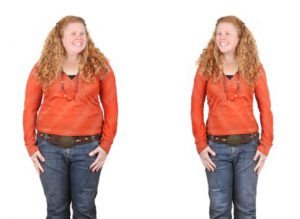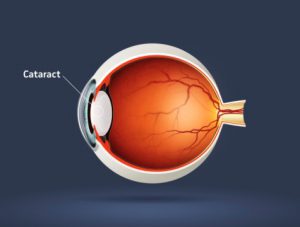Summer is here and you’re thinking about this year’s family vacation. Depending on the destination, you may need to think about recommended vaccines for you and your kids. Here are a few pre-travel tips you should keep in mind to ensure that vaccine-preventable diseases do not stand in the way of your summer fun.
- Research your destination. Know background information about food safety and road safety. With the recent outbreak of the ZIKA virus in Central America and some parts of the Caribbean it’s important to stay educated on affected areas.
- See your healthcare provider. Your healthcare provider is the best source of information on which vaccines you may need. The best time to visit your healthcare provider is at least six to eight weeks before you travel, especially for older travelers, since it takes longer for vaccines to be effective as the immune system starts to weaken.
- Visit a travel clinic. Visit the CDC Traveler’s Health website to find out if you need additional vaccines before your trip. It has handy information listed by country. You may want to consider a visit to a specialized travel clinic, as many primary care physicians don’t stock all required travel vaccines.
- Use precautions during travel. Protect yourself by eating and drinking safely, washing hands frequently, preventing bug bites, and keeping a first-aid kit with you at all times.
Following these CDC recommended tips are a guaranteed good start to your summer vacation preparedness. However, the return is just as important as the departure. If you are not feeling well after your trip, you may need to revisit your doctor. Be sure to tell your doctor about your travel history, including where you went and what you did on your trip. Also tell your doctor if you were bitten or scratched by an animal while traveling.
If your doctor prescribed antimalarial medicine for your trip, keep taking the rest of your pills after you return home. If you stop taking your medicine too soon, you could still get sick.
For more travel vaccination information from the Center for Disease Control and Prevention visit: http://wwwnc.cdc.gov/travel
For more hospital events, highlights, health and fitness tips, visit us on
and follow us on Twitter !
All content of this newsletter is intended for general information purposes only and is not intended or implied to be a substitute for professional medical advice, diagnosis or treatment. Please consult a medical professional before adopting any of the suggestions on this page. You must never disregard professional medical advice or delay seeking medical treatment based upon any content of this newsletter. PROMPTLY CONSULT YOUR PHYSICIAN OR CALL 911 IF YOU BELIEVE YOU HAVE A MEDICAL EMERGENCY.






